Paprika is a ground spice made from dried capsicum peppers, including bell peppers and chili peppers. It is known for its vibrant red color and varied flavor profiles, ranging from sweet to hot. Originating in Central Europe but tracing its roots back to South America, paprika has become a staple in cuisines across the globe.
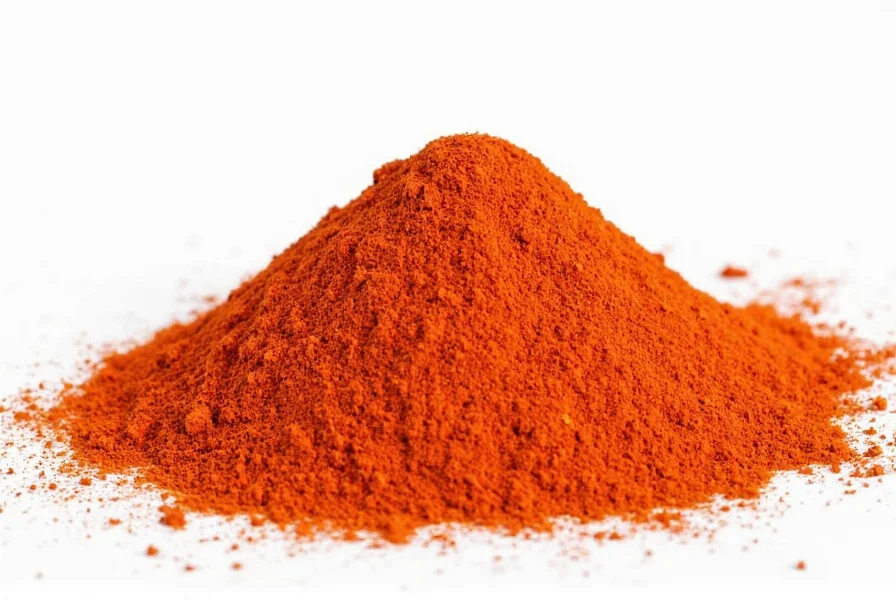
Types of Paprika
Not all paprikas are created equal. Let's break down the most common types:
| Type | Flavor Profile | Best Uses |
|---|---|---|
| Sweet Paprika | Mild, slightly sweet | Rubs, garnishes, salads |
| Smoked Paprika | Smoky, earthy | Meats, stews, sauces |
| Hot Paprika | Spicy, bold | Chili, curries, marinades |
Health Benefits of Paprika
Beyond its culinary uses, paprika offers several health benefits. Rich in antioxidants, particularly vitamin C and carotenoids, it supports immune function and reduces inflammation. Additionally, its capsaicin content may aid digestion and even boost metabolism.
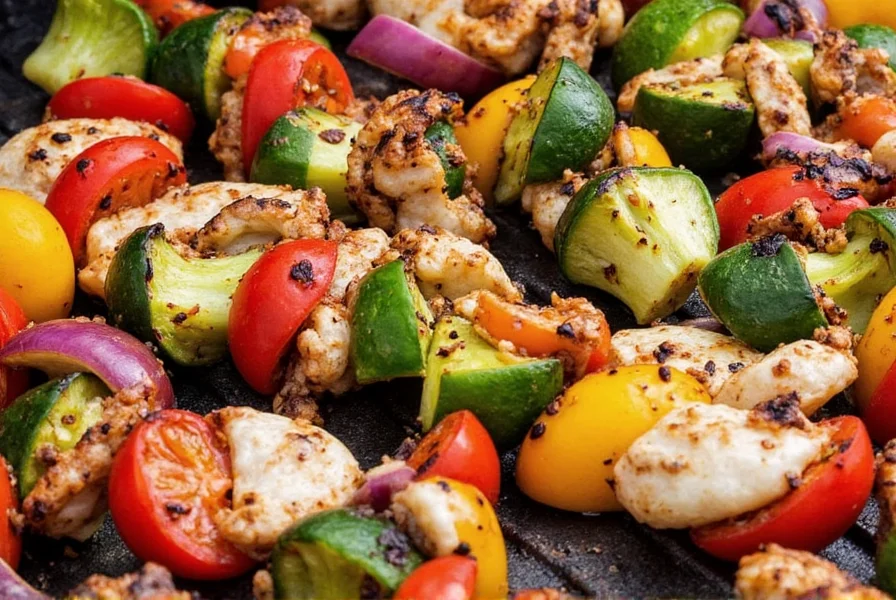
Cooking with Paprika
Paprika's versatility makes it a must-have in any kitchen. Here are five practical tips for using paprika in your cooking:
- Garnish Dishes: Sprinkle sweet paprika on top of deviled eggs or potato salads for a pop of color and subtle flavor.
- Marinate Meats: Combine smoked paprika with garlic, olive oil, and herbs for a flavorful rub that works wonders on chicken or pork.
- Enhance Sauces: Stir a teaspoon of hot paprika into tomato-based sauces for a rich, complex taste.
- Toss Roasted Vegetables: Coat carrots, Brussels sprouts, or cauliflower with a mixture of paprika and olive oil before roasting.
- Experiment Globally: Use paprika in recipes inspired by Hungary, Spain, Morocco, or India to explore international flavors.
Buying Guide for Paprika
When shopping for paprika, consider these factors:
- Quality: Look for vibrant colors and fine textures. Avoid powders that appear dull or clumpy.
- Source: Opt for brands sourced directly from regions renowned for their paprika production, such as Hungary or Spain.
- Use Case: Decide whether you need sweet, smoked, or hot paprika based on your intended recipes.
- Storage: Choose resealable jars or containers to keep paprika fresh longer.
Here's a quick guide to popular products:
| Product | Features | Advantages | Use Cases | Audience | Occasions |
|---|---|---|---|---|---|
| Hungarian Sweet Paprika | Vibrant red, mild flavor | Great for coloring and mild seasoning | Garnishing, salad dressings | Beginners, casual cooks | Daily meals, entertaining |
| Spanish Smoked Paprika | Deep brown-red, smoky aroma | Adds depth to meats and stews | Ribs, chorizo, paella | Grill enthusiasts, professionals | Barbecues, dinner parties |
| Indian Hot Paprika | Fiery red, intense heat | Ideal for spicing up curries | Chili, tandoori dishes | Adventurous eaters | Ethnic feasts, adventurous cooking |
Frequently Asked Questions
What exactly is paprika?
Paprika is a ground spice made from dried capsicum peppers, including bell peppers and chili peppers. Its color ranges from bright red to deep orange, and its flavor can vary from sweet and mild to hot and smoky depending on the pepper varieties used and processing methods. Unlike chili powder, which contains additional spices, paprika is made exclusively from ground peppers.
What are the three key secrets to mastering paprika's flavor?
1. Temperature control: Briefly heating paprika in warm oil releases its essential oils and enhances flavor without burning it. High heat makes paprika bitter.
2. Type-specific pairing: Sweet paprika shines in delicate dishes and as a garnish, smoked paprika adds depth to hearty meats and stews, while hot paprika brings complexity to robust recipes.
3. Timing precision: Add paprika early for infused flavor in oil-based dishes, or later for vibrant color and fresh pepper notes in finishing touches.
How can I tell if my paprika is fresh?
Fresh paprika should have a vibrant red or orange color (not faded or brownish) and a fine, uniform texture without clumps. It should smell sweet and peppery rather than musty or stale. Paprika typically retains its best flavor for 6-12 months when stored properly in an airtight container away from light and heat. If it lacks aroma or appears dull, it's likely past its prime.
Why does my paprika sometimes taste bitter in recipes?
Paprika can become bitter when exposed to excessive heat. To prevent this, add it to dishes after reducing the heat, or bloom it in warm (not hot) oil for just 30-60 seconds before incorporating other ingredients. Never let paprika sit in a hot, dry pan as it burns easily. For best results, add paprika to liquid-based dishes like sauces or stews rather than directly to very hot surfaces.
Conclusion
Paprika is far more than just a decorative spice—it's a powerhouse of flavor and nutrition. From its humble beginnings as dried peppers to its status as a global culinary essential, paprika continues to inspire chefs and home cooks alike. So next time you reach for that jar labeled "paprika," remember: it's not just red dust; it's a world of possibilities waiting to be explored.
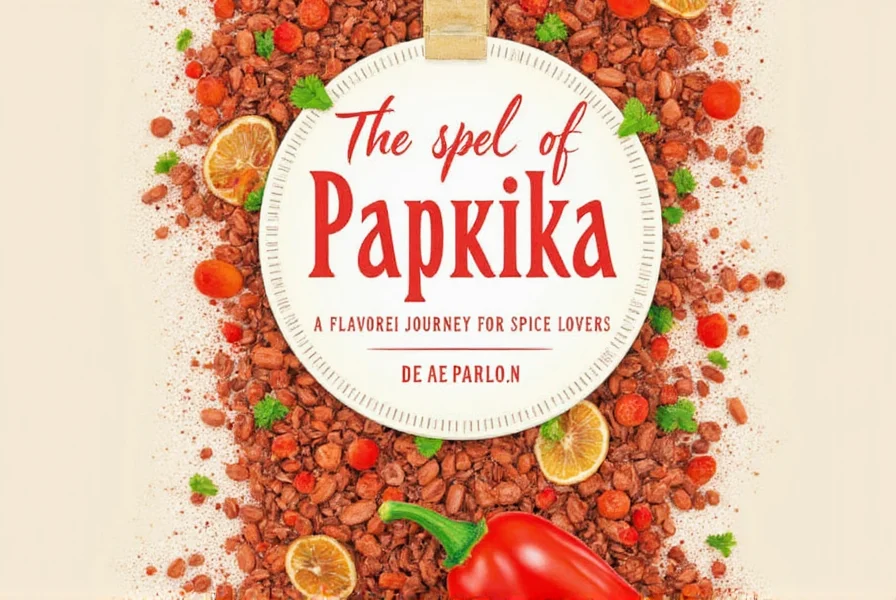
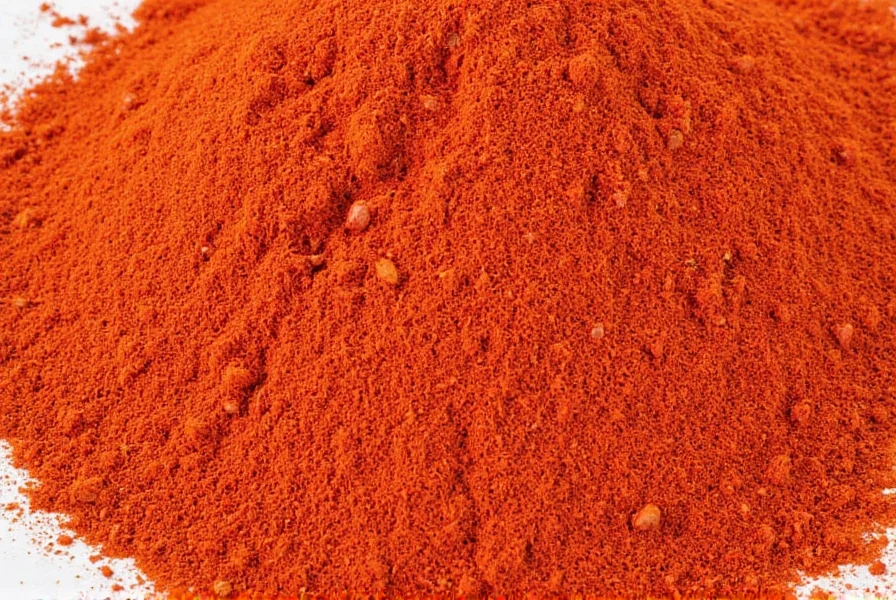
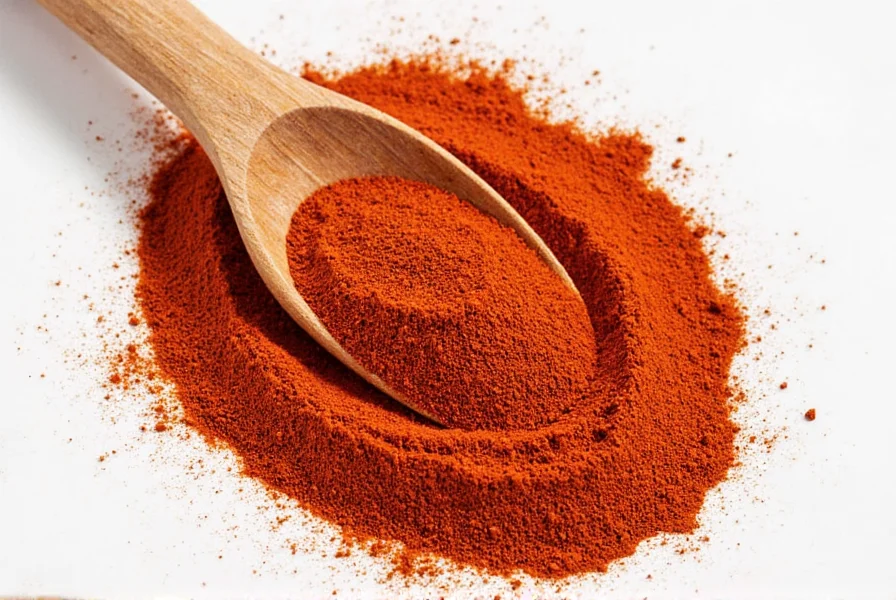










 浙公网安备
33010002000092号
浙公网安备
33010002000092号 浙B2-20120091-4
浙B2-20120091-4